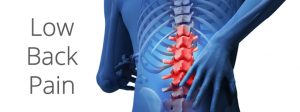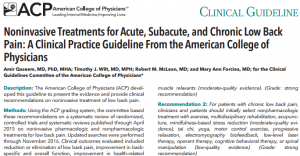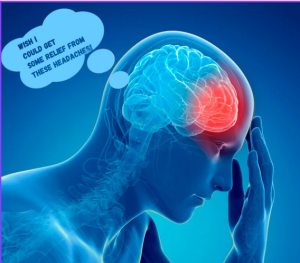New Guidelines for Drug-Free Options to Back Pain

Everyone has experienced some type of physical pain in their life, and many experience persistent pain lasting more than 3 months. According to the National Institute of Health (NIH), treatment for persistent pain costs around $600 billion a year. The economic cost of persistent pain is greater than the top 6 most costly medical diagnoses. More specifically, the majority of adults in the U.S. experience low back pain at some time in their life. According to a large study performed by the NIH, at least 25% of Americans suffered from low back pain in the past 3 months. In addition to that, treatment of low back pain totals more than $100 billion a year. Another study showed a 72% decrease in overall costs after one year, when patients initiated treatment for low back pain with physical therapy as opposed to imaging or medications.
 Last month the American College of Physicians (ACP) announced new clinical guidelines for the management of low back pain. The following is a strong recommendation directly from the ACP Guidelines…
Last month the American College of Physicians (ACP) announced new clinical guidelines for the management of low back pain. The following is a strong recommendation directly from the ACP Guidelines…
“For patients with chronic low back pain, ACP recommends that physicians and patients initially select non-drug therapy with exercise, multidisciplinary rehabilitation, acupuncture, mindfulness-based stress reduction, tai chi, yoga, motor control exercise (MCE), progressive relaxation, electromyography biofeedback, low level laser therapy, operant therapy, cognitive behavioral therapy, or spinal manipulation.”
This public acknowledgement from a very influential and important source in the medical field provides good education and awareness to the people in support of non-invasive treatments for back pain.
On a regular basis, we evaluate and treat a wide variety of conditions related to low back pain and specialize in musculoskeletal impairments, imbalances, and dysfunction. We routinely witness the benefits and success of treatments including spinal manipulation, mobilization, dry needling, instrument-assisted soft tissue mobilization, exercise, neuro-muscular re-education, and various manual therapy techniques to improve function and decrease pain.
In addition to that, we approach physical pain in a very holistic manner, evaluating:
- lifestyle
- sleep, diet, exercise
- previous history of injury and surgical intervention
- stress factors and co-morbidity
- posture and habitual movement patterns
Why seek pharmacological, invasive, and more expensive interventions first? Take control and ownership of your pain and seek evaluation from a physical therapist. Make an appointment today to evaluate and treat the cause of pain to improve your function and get back to life pain free.
– Dr. Chris Genn, PT, DPT, CSCS, SFMA-1, FMS-1

 Our
Our